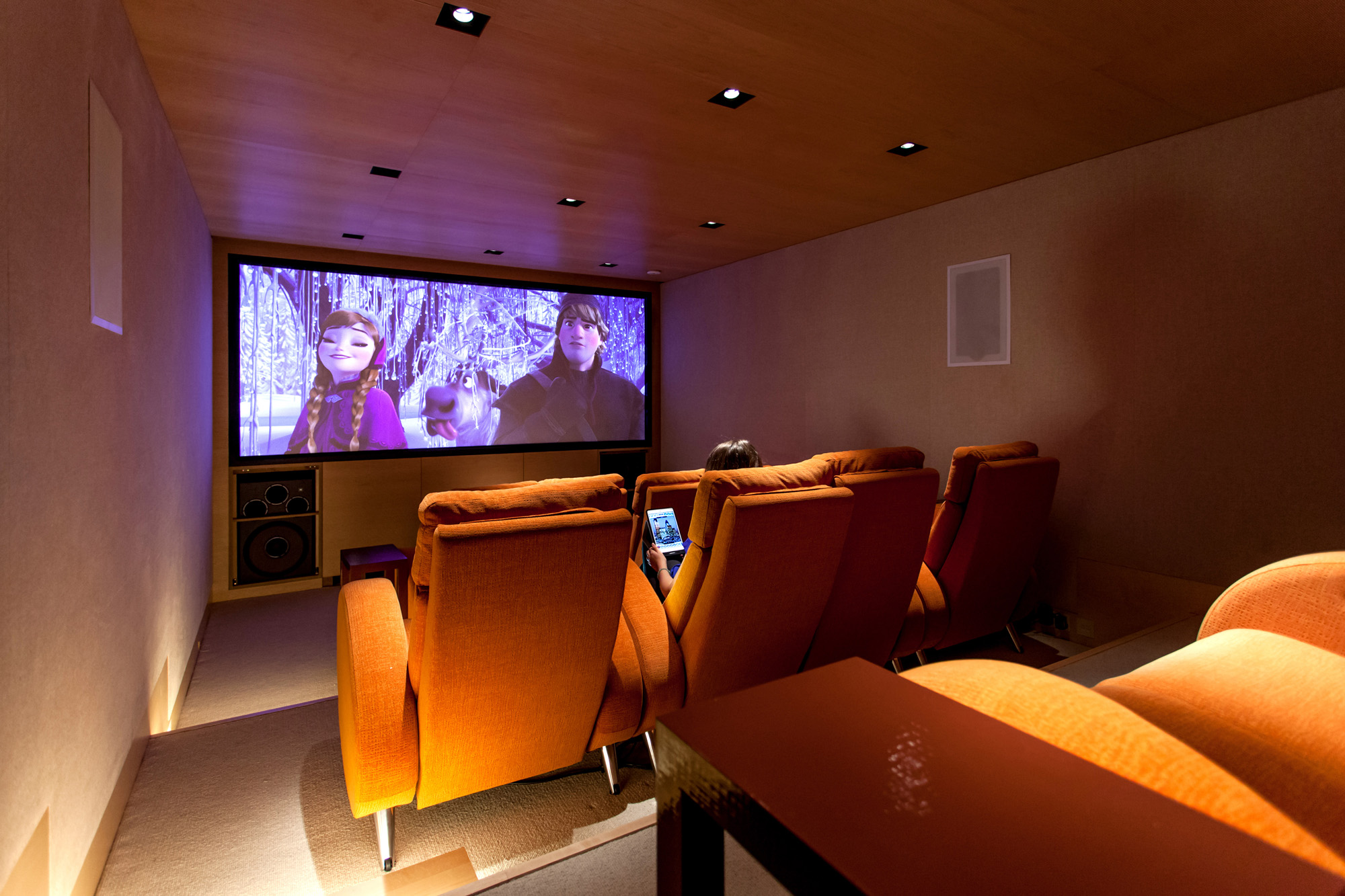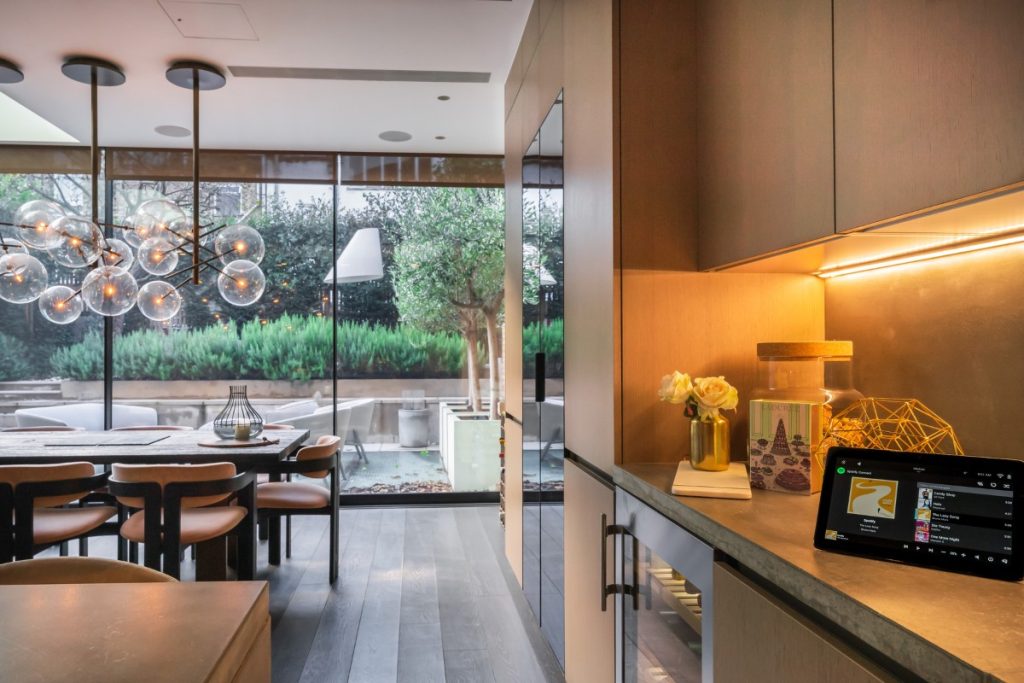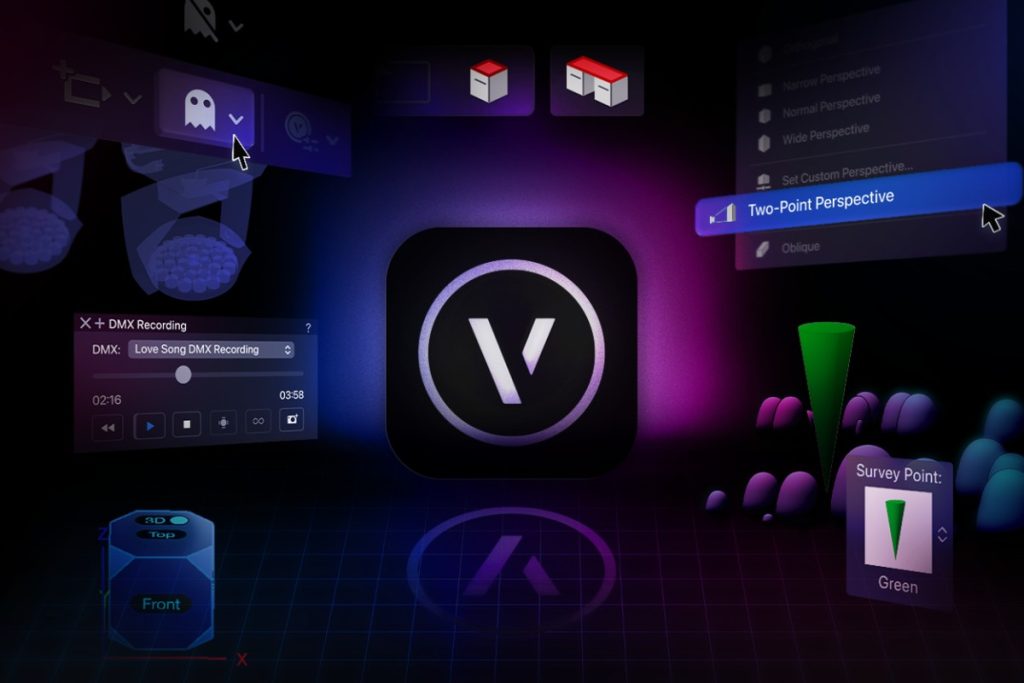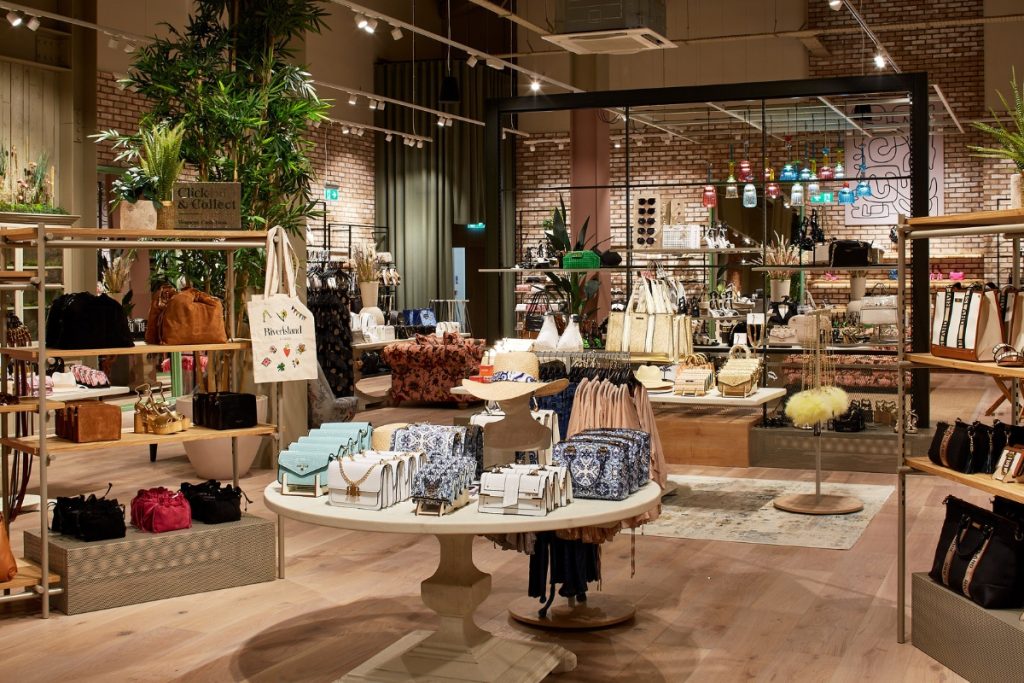 18th February 2019 | IN DESIGN TECHNOLOGY | BY SBID
18th February 2019 | IN DESIGN TECHNOLOGY | BY SBIDInterior designers don’t usually directly specify the technology installation in the home, mainly because it’s moving too fast to learn and advise on the right product. Designers tend to outsource this role to an Audio-Video specialist.
The most dominant piece of furniture in the main room of most homes used to be the television. The room was often designed around this now almost redundant item. The furniture circled facing this big black box demonstrating the dominance television held over our recreation time. Well in case you haven’t noticed, it’s changing faster now than you can blink.
TV screens can be beautifully disguised as an old master, a mirror or even made into a fully blown floor to ceiling media wall. The fact is that most young people stream programmes to watch and channels to subscribe too whilst family viewing is quickly making Netflix – a download app or streaming channel by subscription the preferred viewing method. You can continue watching through your iPad on a plane or on the tube etc. These personalised changes have impacted on the focal point of the family home’s main reception area.
Just think about bookshelves and how they have become less dominant due to computers, kindles and a host of other mobile electronic devices, all of which remove the need for paper storage and bookshelf space. In fact the Radio, TV, bookshelf and formal dining room, central heating radiators and fireplaces have all but disappeared in recent years in exchange of a technical unobtrusive out of view and personalised choice. This creates more free space in the home.
Possibly one of the other biggest changes of home design considerations is the cost of energy. Saving on energy consumption through clever design alters the way our homes are built and look. Self generating energy-efficient homes in the next decade will increasingly be built so that energy is generated from the environment (sun and wind etc.) locally stored and shared in large banks of street terraces. Whilst the home is unoccupied it will automatically lower or shut down unnecessary levels of power such as a fridge that won’t be opened as well as basics such as heating, lighting and stand-by mode on remote electrical items. Designers are not only concentrating on colour, space design, aesthetics and overall emotive impression when creating a home interiors scheme, they are also incorporating the tech available in the future at a pace faster than we have ever seen before. The purpose is always ‘saving’ time, money, space, energy etc. The antithesis of the impression that most home owners have of a qualified accredited interior designer.
Written by Dr Vanessa Brady OBE.
Award-winning Interior Designer, CEO & Founder of the Society of British and International Design
(Image by Icon Connect: www.iconconnect.com)



